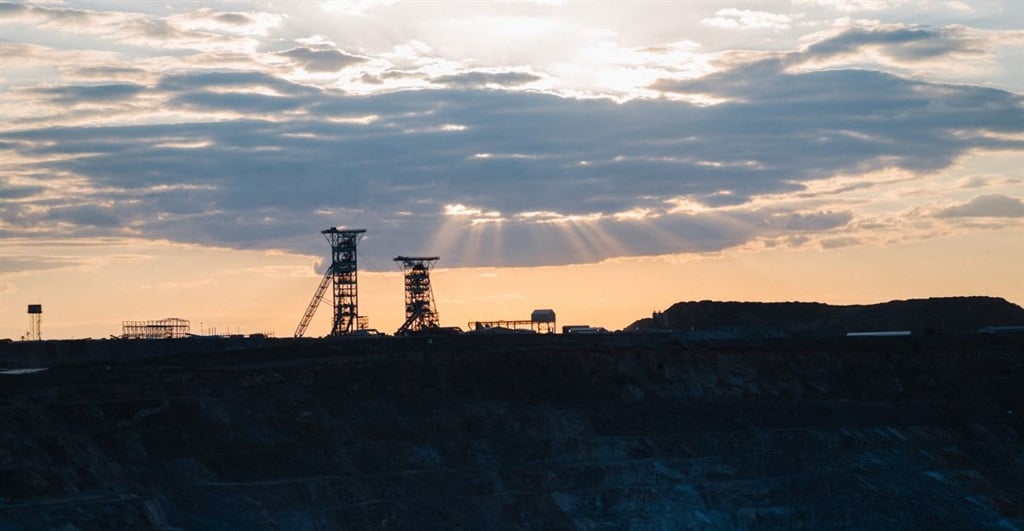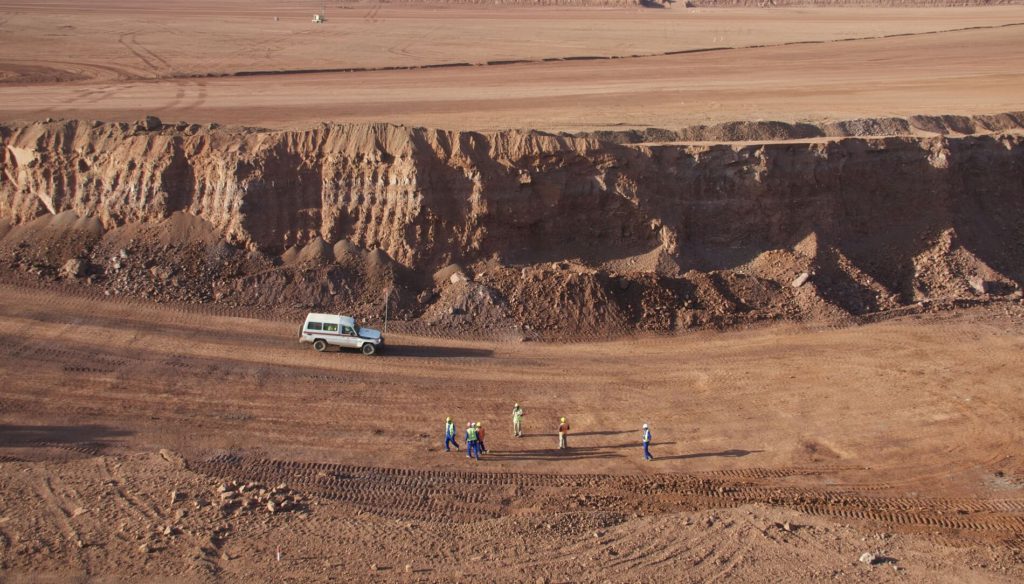Utility Negligence In Maui Fires Sparks Nationwide Infrastructure Debate
- Maui's wildfires, linked to utility negligence and aging power lines, highlight the deteriorating state of U.S. energy infrastructure.
- Several U.S. states face challenges due to fragmented grid systems, outdated roads, bridges, and other critical infrastructure, exacerbated by climate change.
- Despite governmental efforts like the $1.2 trillion Bipartisan Infrastructure Bill, experts estimate an investment gap of almost $2.6 trillion in the coming decade for infrastructure needs.
The recent wildfires in Maui, Hawaii demonstrated the importance of oversight and accountability when it comes to utility companies. These companies control vast amounts of power and must have a clear plan to respond to extreme weather events and other situations to prevent catastrophe. But what’s also been shown is the severe challenge of the ageing U.S. energy infrastructure. Wildfires and other catastrophic events, many caused by outdated infrastructure, have been an increasingly common occurrence in recent years, in states such as California and Texas. But how much comes down to utility companies and how much is down to public and private investment in a wide range of infrastructure?
Following the recent devastating wildfires in Maui, the county is suing the Hawaiian Electric company for damages. During the fires, more than 100 people were killed, with the historic town of Lahaina being destroyed. Maui County claims that the downed power lines operated by the utility contributed to the fires. Hawaiian Electric has been accused of negligence for not shutting off power following a “red flag” weather warning by the National Weather Service, due to high winds from Hurricane Dora.
In extreme weather events, high winds can knock down power lines, which can cause a fire during dry or drought conditions. This is a well-known risk, with over 32,000 wildfires started by transmission and distribution lines in the U.S. between 1992 and 2020, according to data from the U.S. Forest Service. But as well as demonstrating the responsibility of utility companies to create clear emergency strategies to follow, and states to establish better oversight measures, it also once again calls into question the dangers of ageing U.S. energy infrastructure.
In states, such as California, Texas and Florida, that regularly experience severe weather, the ageing energy infrastructure has repeatedly been called into question following several failings in recent years. Many states simply do not have enough money to invest in the complete overhaul that is required to modernise their energy infrastructure. Further, the national grid system in the U.S. is highly fragmented, meaning that several states and regions run on completely different systems, under different utilities and different standards than others. This makes it extremely difficult to modernise infrastructure on a country-wide scale.
And it doesn’t stop at the U.S. grid structure, with major concerns over ageing roads, bridges, dams, and electrical grids that keep the country running, which are decades old and often in dire need of repair. Infrastructure issues that were previously overlooked due to cost of a lack of awareness about the problem are now being seen as much more serious due to climate change. As weather events worldwide are worsening, with more widespread droughts, stronger storms and other unexpected events, people are putting increasing pressure on governments to address these issues. In turn, governments are putting mounting pressure on utility companies to ensure their safety strategies address the risks of a constantly changing world.
For example, on 11 June this year, a tanker truck transporting gasoline on the I-95 in Philadelphia crashed and caught fire. The overpass above the crash, which carries around 160,000 vehicles a day, collapsed. This was blamed on either the heat of the flames or the explosion weakening the steel beams. However, some have questioned the fragility of the state’s ageing infrastructure and the need to invest in repairing key infrastructure to avoid future catastrophes.
The U.S. government is aware of the rising concerns of poor infrastructure and has responded to these fears with the passing of the $1.2 trillion Bipartisan Infrastructure Bill and President Biden’s $2.3 trillion Build Back Better Act in 2021. These are aimed at developing and improving a wide range of critical U.S. infrastructure over the next decade. But public financing schemes will have to help attract a great deal more in private investment if the government hopes to successfully address the country’s failing infrastructure.
A recent American Society of Civil Engineers assessment suggests there is an infrastructure investment gap of almost $2.6 trillion this decade, which could ultimately cost the U.S. $10 trillion in lost GDP by the end of 2039 if left unaddressed. This report covers sectors such as roads, electricity, airports, telecommunication, rail, water, and ports. Several analysts agree with this large funding gap. For example, McKinsey researchers suggest that $150 billion per year will be required between 2017 and 2030 to manage the country’s infrastructure needs.
While the government’s new infrastructure laws go a long way to addressing the country’s ageing infrastructure problem – from transport to energy – there is still a long way to go to creating a cohesive plan and providing enough funding to ensure the critical infrastructure across the country is stable. The government will have to work with state powers, private companies, and utilities to ensure that improvements to U.S. infrastructure are being made in a less fragmented manner, to help establish a long-term plan for infrastructure across different sectors and states.
By Felicity Bradstock for Oilprice.com






